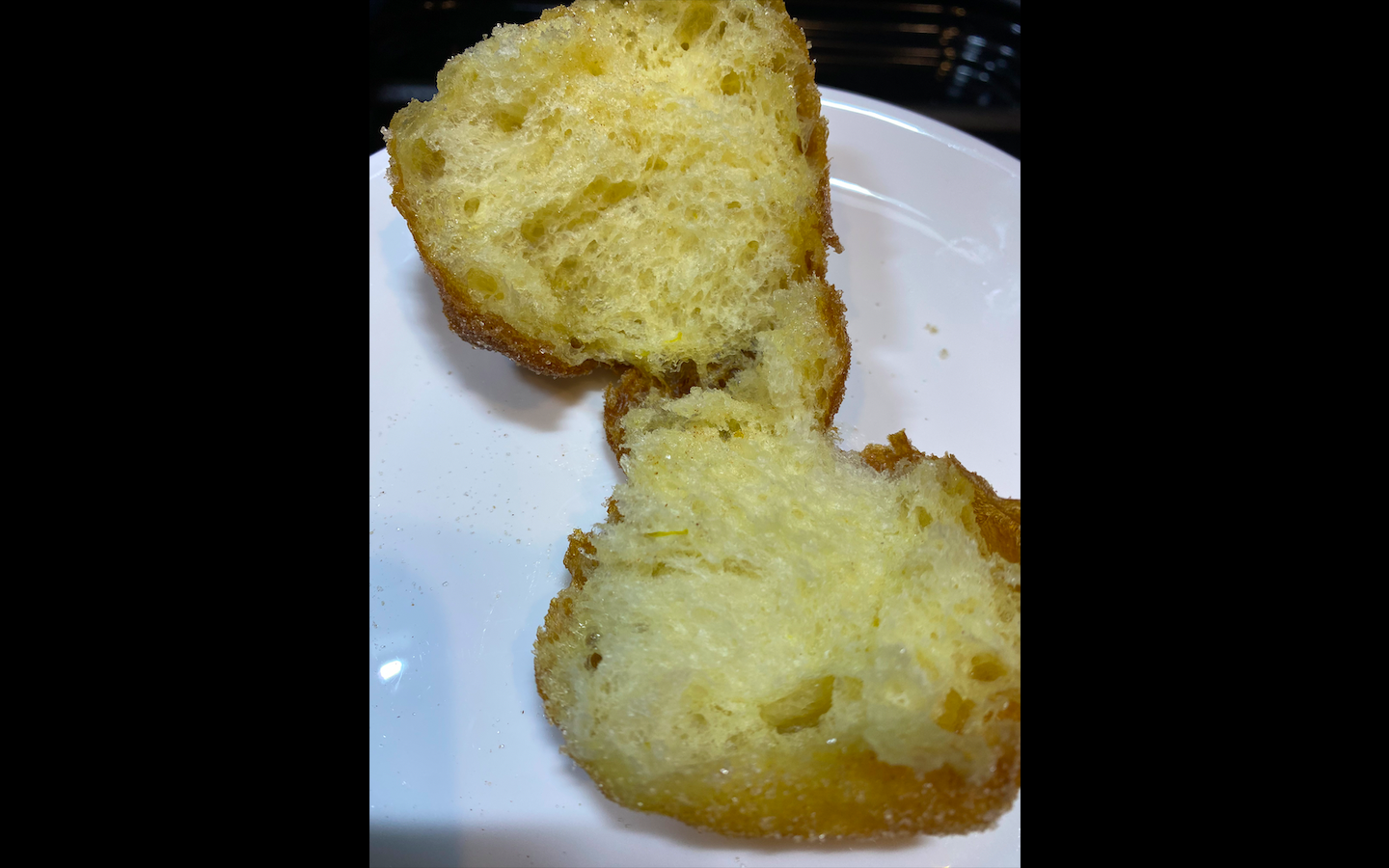i NEVER EVER achieve that white line on donuts, i do trials for like hundreds but none of them have that white line. i wonder what i did wrong. my dough feels heavy before frying altho i'm sure light dough is one of the main requirements to achieve white line but my dough NEVER feels not heavy. i follow the exact measurements, i weigh them by scale, even the yeast, the proofing time etc. the recipe creator posted many of hers with that beautiful white line, so i think the mistake is on me. i knead my dough until it pass the windowpane test, my yeast is fresh unopened, i live in a warm tropical country but i tried proofing my dough in the oven to mimic that proofing box. please help, my donuts taste alright even SO GOOD, but brown lined donuts looks dull and unprofessional esp when you plan to sell them. whay did i do wrong? here is the recipe
500g bread flour
6 grams active dry yeast
1 tsp salt
5 tbsp granulated sugar
250ml warm water
100gr butter, melted
2 egg yolk
Are you sure you fry them correctly?
I know this is an older post, but just in case someone else ever needs the answer to this...
The white line around the circumference of a doughnut comes from dough that is properly proofed.
Thanks for your explanation. Wondering if you have any idea as to why donuts keep flipping back to first side that has been fried. Temp and proofing fine but when one side is cooked then flipped they keep wanting to roll back. Crumb is always beautiful and no oiliness, just frustrating trying to keep those little suckers turned. Makes for uneven colour and you don't get that nice white line.
Do you think you're properly frying them?
[size=1][url=https://dumbwaystodie.io/][color=white]dumb ways to die[/color][/url][/size]
Try doubling your yeast to 12grams
Don't over knead